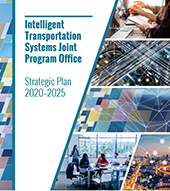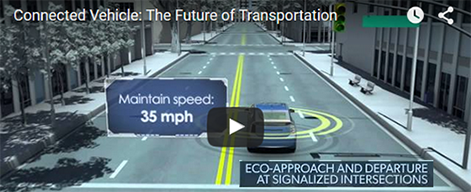Research Archive
Research Plan

The objective of the Core System research program is to establish a system architecture for a trusted and secure data exchange system. The path to developing the architecture is based on proven systems engineering concepts — the first activity is to develop a stakeholder-based ConOps that describes how users expect to use the system, which evolves into a set of system requirements. Using requirements that stakeholders (in particular, future implementers) have reviewed and confirmed, a system architecture is developed that identifies:
- System components, their functions, and appropriate performance measures for the system;
- System interfaces, which are analyzed for their levels of risk and opportunities to determine the appropriate level of control or openness. Additionally, identifying system interfaces allows for:
- Determination of the sufficiency of current standards and/or the need to develop new or modify existing standards;
- Identification of where standards might be optional; and
- Identification of where and how certification requirements will apply to devices, applications, or equipment to help mitigate risk.
The purpose in implementing a Core System is to support a distributed and diverse set of applications that operate using both wireless and wireline communications. The applications data exchange is expected to occur with and between mobile elements of all types including vehicles, pedestrians, cyclists, and other transportation users as well as between mobile elements and field infrastructure and with back office processing centers (typically commercial in nature) and transportation management centers.
A critical factor driving how the Core System and the entire Connected Vehicle Environment are developed is the level of trustworthiness between communicating parties. A complicating factor is the need to maintain the privacy of participants.
From a deployment perspective, the connected vehicle program is expected to include locally- and regionally- oriented Core System implementations that are flexible enough to grow organically to support the changing needs of its user base. Core Systems are expected to follow national standards to ensure that the essential capabilities are compatible across regions (the basis for interoperability).
It is important to note that the Core System is not meant to mandate or change existing transportation equipment, technology, or transportation centers. The Core System provides mechanisms for efficiently collecting and distributing transportation data, and may offer enhanced capabilities or options in substitution to existing data collection and data distribution functions.
To develop the foundation for a Connected Vehicle Core System, a multi-track systems engineering process was used. In using the systems engineering approach, the ITS Program is assured that the final products are comprehensive and thorough.
Research Tracks
- Track 1: Develop the Foundation of a Connected Vehicle Core System: Solicitation of stakeholder requirements is a critical first step in developing the ConOps and supporting documentation:
- A Core System ConOps defines user needs and different scenarios under which a core system might operate and provide value. In addition to stakeholder inputs, the ConOps developers will consider ongoing efforts in Europe and Asia; and
- Analysis and development of a set of system requirements for the Core System. These requirements define how applications will gain access to the core system’s capabilities and services and define how the core system will operate and perform.
- A system architecture that describes:
- The physical architecture that identifies all system components;
- The security architecture that describes how security and privacy will be handled, as well as the consideration of alternative implementations of the anonymity by design approach; and
- A functional architecture that identifies all major functions performed by the core system and allocates those functions to system components.
- Track 2: Analysis and Testing: A second critical task is to assess the core system concept, system requirements, and architecture against requirements for implementation. A prototype core system will be developed as part of the Safety Pilot Model Deployment. Testing will provide answers to whether the initial configuration is sound and delivers the expected performance and whether the architecture is scalable to larger regions. Modeling and simulation may be included to assess the feasibility and trade-offs and to examine performance options related to different technical solutions.
- Track 3: Policy Analysis: Policy analysis on the emerging core system configuration allows for the identification of whether the expected benefits of the system are aligned with the costs, acceptable levels of security and safety, privacy, and the ability to fund and finance the implementation of core systems. A policy analysis will result in an understanding of the organizational and operational requirements for implementing a core system, and identify new requirements for the transportation workforce and cost-benefit impact to institutions looking to deploy.
- Track 4: Final Core System Guidance: With testing results and policy analysis, the final task will be to revise the foundational documentation and develop guidance on implementation.











